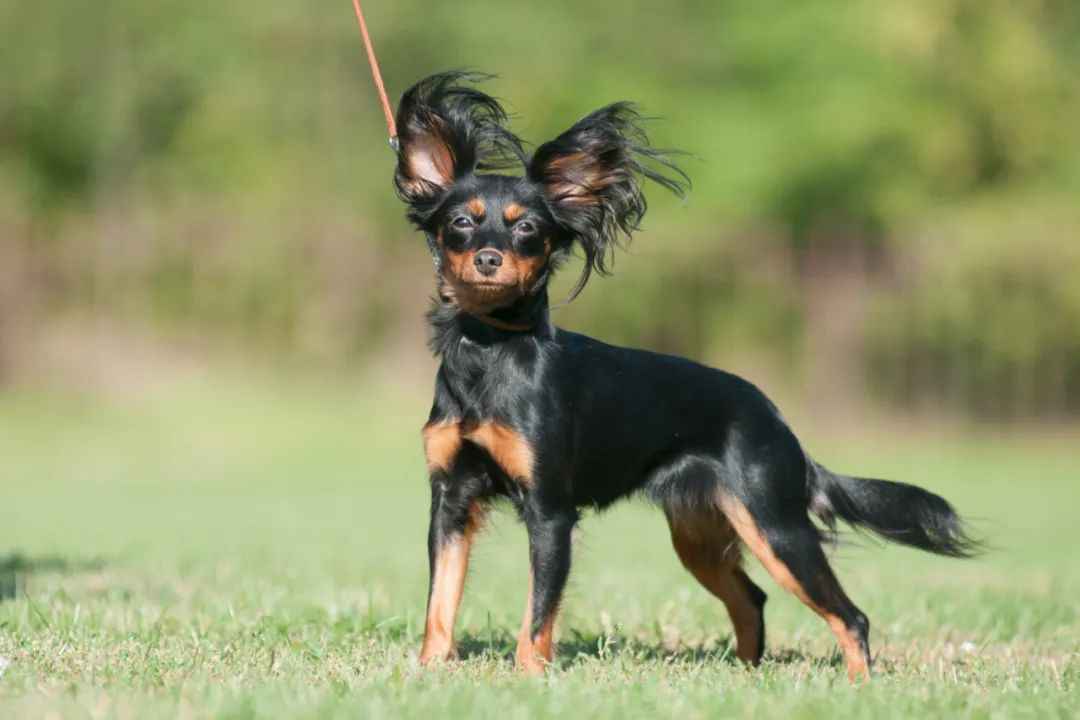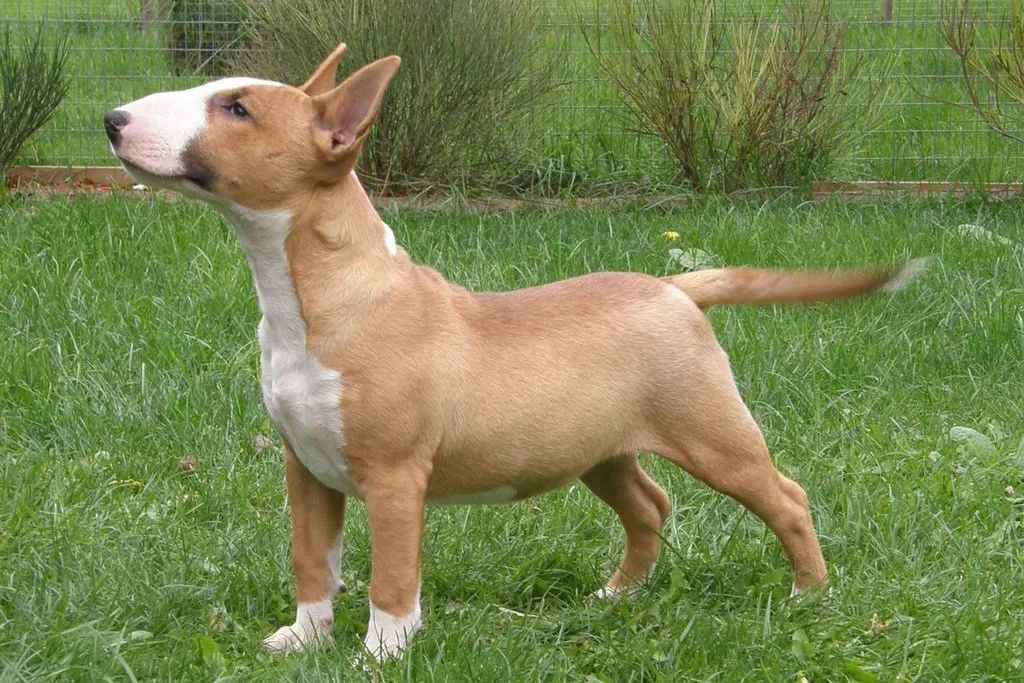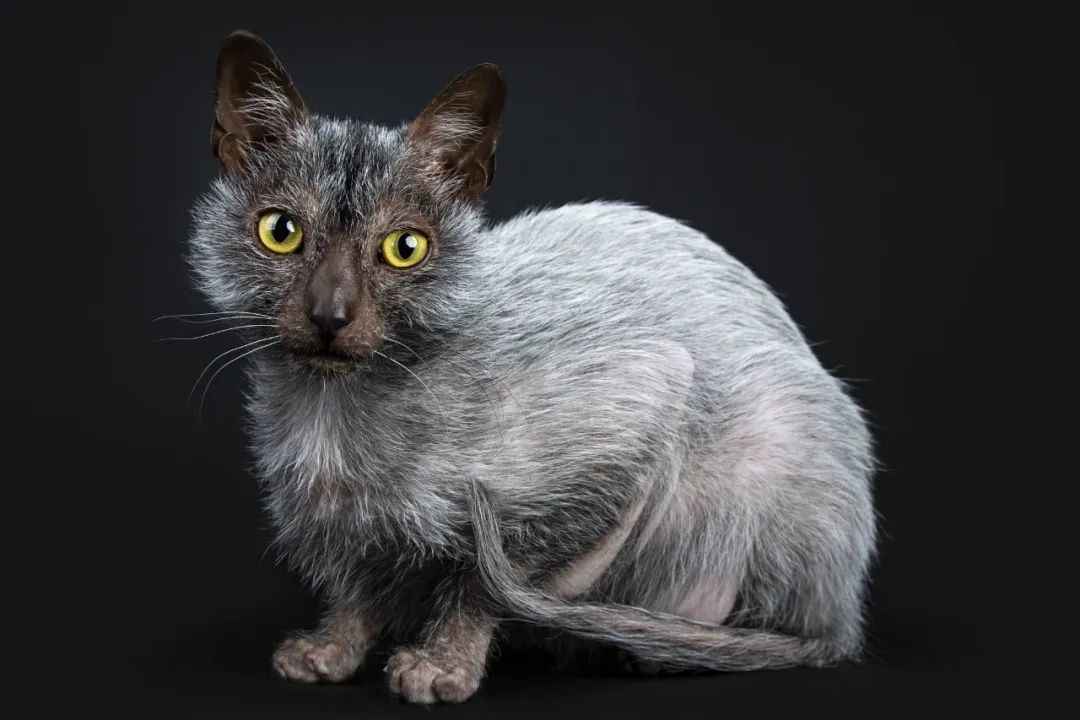As a giant working breed, males stand 72–80 cm tall and weigh 59–77 kg, while females exhibit comparable majesty at 65–74 cm and 45–59 kg36. Their iconic double coat—water-resistant and ranging from lion-yellow to red-brown—adorns a muscular frame with a striking black mask and a mane-like ruff, earning them the nickname "gentle lions"39. Despite their imposing size, Leonbergers are renowned for their calm, affectionate demeanor, excelling as devoted family companions with exceptional patience toward children711.
Historically used for carting, water rescue, and military transport, modern Leonbergers thrive in roles such as search-and-rescue and therapy work, leveraging their webbed paws and waterproof coat for aquatic missions8. However, their dense fur requires daily grooming to manage seasonal shedding, while health concerns like hip dysplasia (14.1% prevalence) and polyneuropathy necessitate proactive veterinary care311. Recent 2025 research identifies three genetic mutations (LPN1, LPN2, LPPN3) linked to neuromuscular disorders, with LPN1 affecting 8% of the breed and causing severe symptoms by age three21.
With a lifespan of 8–10 years, Leonbergers remain cherished for their loyalty and intelligence, though their global population remains under 10,000, preserving their status as a rare gem11. Notable in 2025, a high-profile incident in London involving a Leonberger in a pack attack underscored the importance of early socialization, despite such cases being statistically uncommon17. While the breed did not win accolades at the 2025 Westminster Kennel Club Show, their regal presence continues to captivate audiences worldwide








